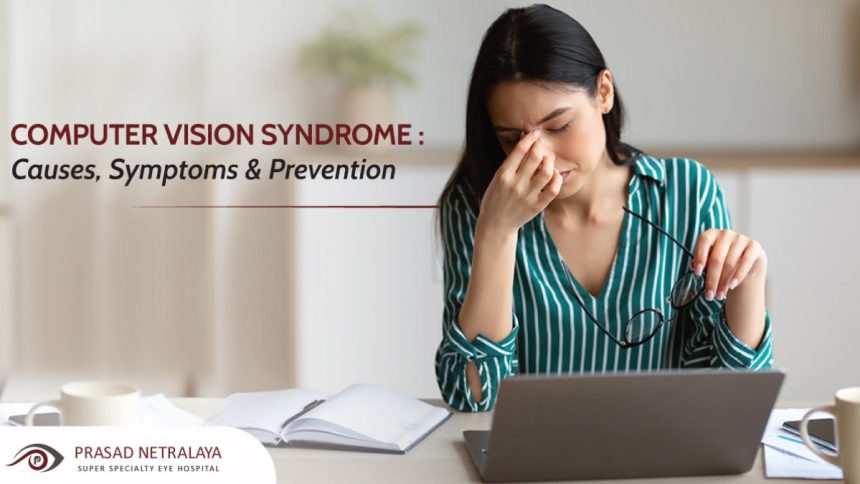In our digital world, it’s no surprise that many of us are glued to our screens for hours on end.
But here’s the catch – this screen time can lead to Computer Vision Syndrome (CVS), a condition as modern as it gets.
So, what’s CVS? It’s a group of eye and vision-related problems that result from prolonged computer, tablet, e-reader, and smartphone use. Let’s break it down and see what we’re dealing with.
Symptoms of CVS: Know the signs
Ever finished a binge-watching session or a long stretch at your computer and felt your eyes were just not happy with you? That’s CVS knocking.
The symptoms are pretty tell-tale: eye strain, headaches, blurred vision, dry eyes, and even neck and shoulder pain. It’s like your body’s way of saying, “Hey, give me a break from the screen!”
Preventing CVS: It’s easier than you think
Preventing CVS doesn’t mean throwing your gadgets out the window. It’s about smarter, healthier use. Here’s the lowdown:
1. Follow the 20-20-20 rule: Every 20 minutes, take a 20-second break and look at something 20 feet away. It’s a quick reset for your eyes.
2. Mind your setup: Adjust your workstation. Your screen should be about an arm’s length away and the top of the screen at or just below eye level. This helps reduce eye strain.
3. Lighting is key: Avoid glare from windows and lights. Use an anti-glare screen if needed.
4. Blink more: Sounds simple, but we often forget to blink enough when staring at screens, leading to dry eyes.
5. Regular eye exams: Keep up with your eye doctor appointments to catch any issues early.
Living with screens:
Let’s face it, screens are a part of our lives. But being smart about using them can save us a lot of discomfort. Listen to your body.
If your eyes are tired, take a break. Adjust your workspace. And maybe swap some screen time for some green time – nature’s always a great idea for a break.
With a few simple habits, you can enjoy your digital life and keep your eyes happy. Stay informed, stay healthy, and keep those screens in check



